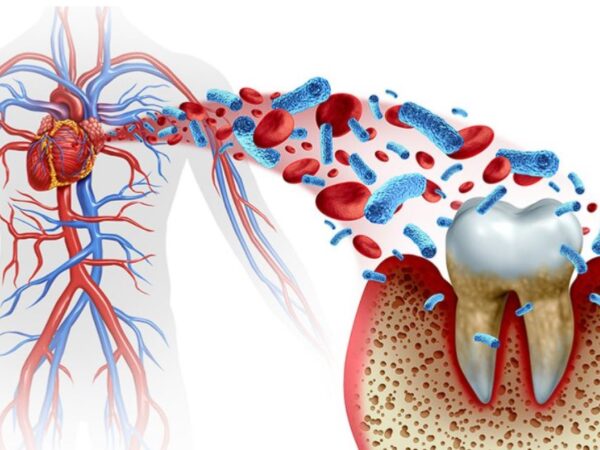India is heading for a scary situation as per a most recent analysis of lifestyle diseases (NCDs, non-communicable diseases in medical parlance). These non-communicable disorders—frequently characterized not by infection but by dysfunction—are a manifestation of the Mismeasure of Health itself, the effect of a perfect storm in which our biology is in discord with the way we live our lives.
The most common are heart attacks, cancer, diabetes, chronic respiratory diseases, and episodes associated with mental health.
The study reveals an equally alarming trend: the growing burden of NCDs on the healthcare system as well as mortality rates. Although deaths resulting from these conditions already exist, this will continue to rise, leading to a higher number of deaths, according to the research findings.

For instance, this study shows that there was an incredible 158% increase in diabetes prevalence in rural Tamil Nadu. In most areas of India, such numbers serve to remind us just how widespread NCDs have become in our country.
What are some reasons behind the increased incidence of NCDs in India?
Several reasons can justify this rise in the cases of NCDs in India within a short period.
- Dietary Changes: The present social trend involves eating foods and products that contain a lot of sugar, processed foods, and unhealthy fat, and these make people more likely to be obese, develop diabetes, and have heart disease.
- Physical Inactivity: A sedentary lifestyle being a major precondition of low physical activity levels can be classified among the main NCD threats.
- Tobacco Use: Lung cancer, heart diseases, and other diseases of long-term chronicity are attributable to smoking and the use of tobacco.
- Alcohol Consumption: Excessive use of alcohol leads to some conditions that are noncommunicable diseases, including liver diseases, cancers, and those related to the heart.
The Urgent Need for Prevention
The research points out the urgent necessity for more effective preventive measures against the increasing prevalence rates of NCDs. We could consider the following:
- Public health awareness campaigns: Massive public enlightenment on good eating habits, regular exercise, tobacco smoking habit cessation, and drinking in moderation can go a long way in preventing NCDs.
- Promoting healthy food choices: Encouragement towards eating fruits and vegetables with whole-meal cereals while avoiding processed foods like refined sugars results in healthier communities.
- Creating opportunities for physical activity: This would involve running programs geared toward walking, cycling, and playing sports aimed at raising people’s level of physical fitness.
To bolster healthcare infrastructure, investing in the early detection and management of NCDs via reachable screening programs and working remedy choices is indispensable.
Conclusion
This report highlights the increasing trend of NCDs in India and their impact on the health and overall well-being of people. Thus, to conclude, the following points can be made: By implementing proper measures and advocating the practice of proper living in the country of India, large advancements can be made in the future prevention of these diseases and the overall quality of a person’s health.




